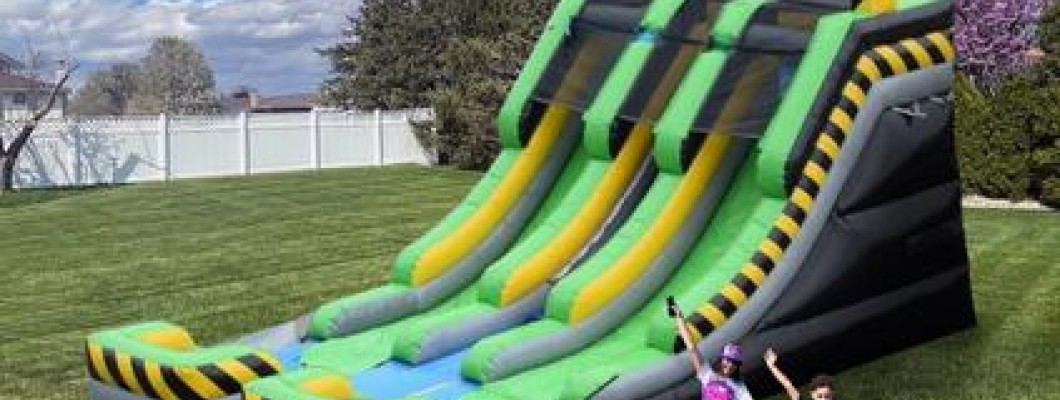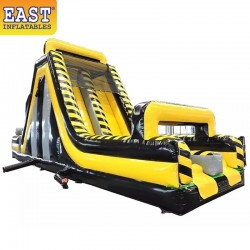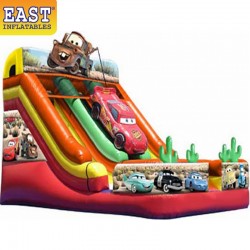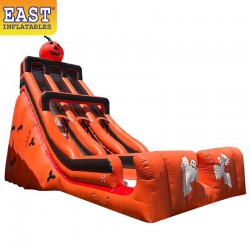
Inflatable slides, cherished for their entertainment value among children, are designed with safety as a paramount consideration. Implementing various measures helps ensure a safe play environment and minimizes the risk of injuries for children. Here's an exploration of safety measures and the performance of inflatable slides in promoting a secure playing experience:
1. Material Quality and Construction:
High-quality materials such as durable PVC or vinyl, along with robust stitching and reinforcement, form the foundation of inflatable slides. These materials, when combined with sturdy construction, enhance the slide's strength and resilience against tears or punctures.
2. Safety Netting and Enclosed Design:
Inflatable slides often feature safety netting surrounding the elevated areas and entry points. This netting acts as a protective barrier, preventing accidental falls and ensuring children remain within the designated play area. Enclosed designs further mitigate risks associated with climbing or sliding off the structure.
3. Secure Anchoring and Stability:
Proper anchoring and stability mechanisms are crucial for inflatable slides. Anchoring systems secure the slide to the ground, preventing displacement or tipping during play, ensuring a stable and safe platform for children.

4. Soft and Padded Surfaces:
Inflatable slides incorporate soft and padded surfaces to cushion potential falls or impacts. These cushioned areas help minimize the risk of injury in case of accidental slips or falls while sliding or climbing.
5. Age-Appropriate Design and Supervision:
Design considerations factor in age-appropriate features, ensuring the slide's structure and height are suitable for the intended age group. Additionally, adult supervision is essential to guide and monitor children's activities, ensuring safe play and adherence to rules.
6. Regular Inspection and Maintenance:
Routine inspections for wear, tear, and proper inflation are critical. Maintaining optimal air pressure and promptly addressing any damages or defects through repairs or replacements contribute significantly to ensuring the slide's safety.



